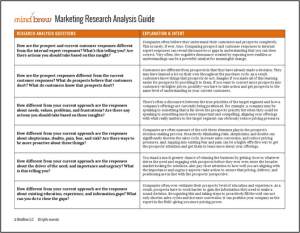Along certain stretches of the U.S. interstate highway system, you’ll see signs for a “speedometer check zone.” The idea is that you drive a steady speed from the first checkpoint to the second while timing yourself with a watch. At the end, you’ll probably see another sign explaining how much time it should have taken at different speeds, or you might have to do a little math to figure out for yourself if your speedometer was accurate (or not).
In an era when most of our cars have built in GPS and multiple displays telling us how fast we’re driving, these speedometer check zones might seem like a relic of a bygone time.
But the truth is, it’s actually much more common than people realize for their speedometers to be off a bit.
In some cases, you might have a glitch in one of the sensors in your vehicle caused by a bit of bad wiring or even some debris lodged in the electrical system. It’s also possible that one of the computers in your car has an algorithm for calculating speed that’s just a bit buggy. And most commonly of all, if you’ve changed the size of your wheels or your tires, the speedometer might be calculating distance incorrectly.
There’s an obvious parallel to sales metrics here.
Most companies coast along using the same metrics, calculated in exactly the same way for years. They never think to perform a “speed check” to make sure those metrics are still correctly measuring what they were intended to measure. And just like with a speedometer, it’s really not uncommon for sales metrics to indicate something that isn’t quite true.
- If the team isn’t meeting the sales quota, you might assume they’re doing a bad job. Or conversely, if they are exceeding the quota, you might tell them they are rock stars. But before you start doling out praise or blame, maybe it’s a good time to go back and make sure the quotas are in line with the market.
- If you’re measuring the number of sales calls, prospects attending a demo, or some other tactical sales activity and those numbers are declining, you might assume you need to get those numbers back up. But the number of calls isn’t always a good proxy for what it takes to get customers to buy. You might need to re-calibrate and measure different things.
- If you’re compensating the team based on the number of deals they close and they are all making a lot of money, you might assume that congratulations are in order. But it might be that the team gave away too many discounts and tanked the margins.
We have a lot more to say about the potential hazards of trusting your metrics too much in the Sales Ops Metrics Manifesto. You might also want to check out Sales Metrics Sales Leaders Should Be Managing and Measuring the Financial Impact of Sales Ops.
And while you’re at it, it’s not a bad idea to use your phone to time your car between a couple of mile markers. Maybe all those other drivers you’ve been getting irritated at aren’t going as slow as you think they are.













